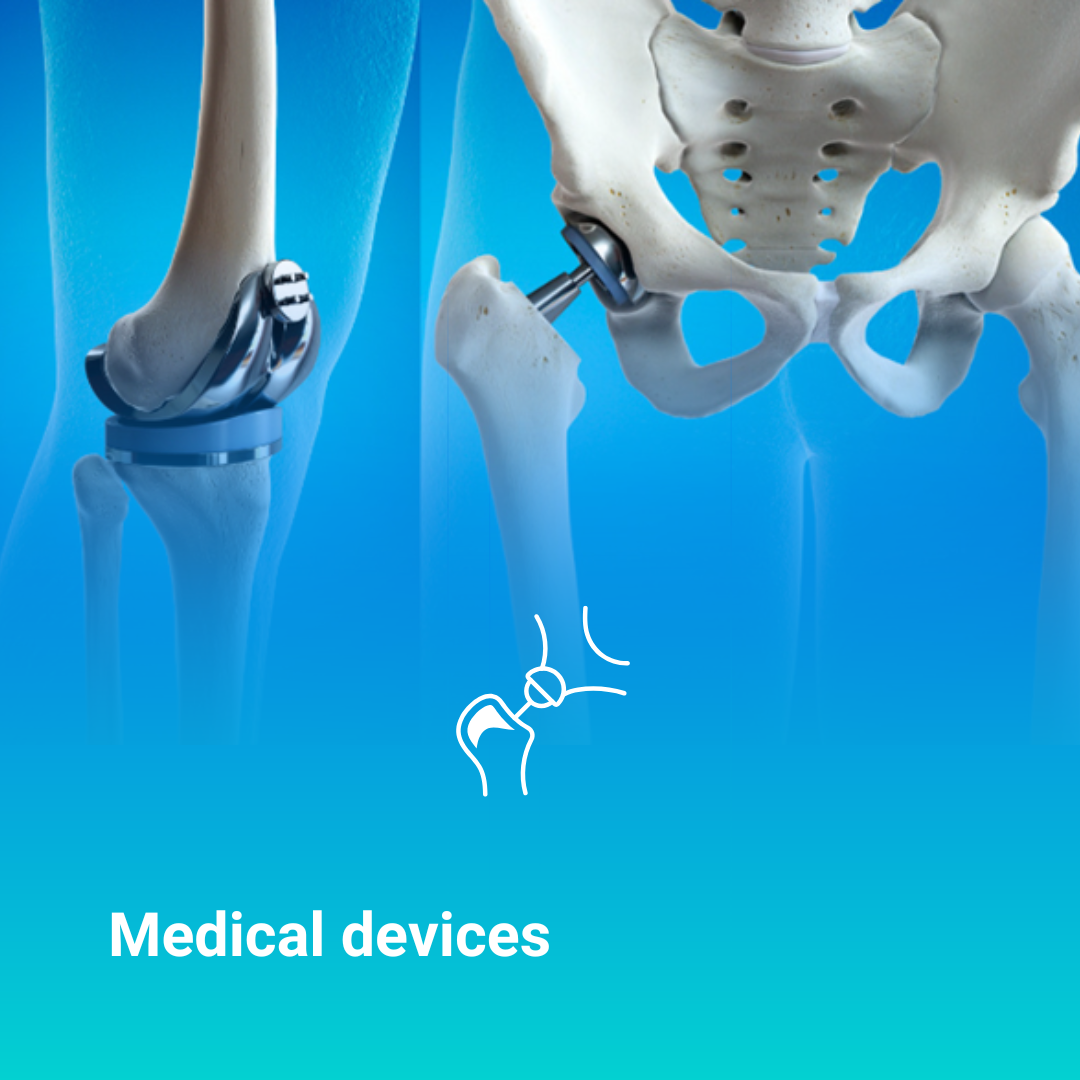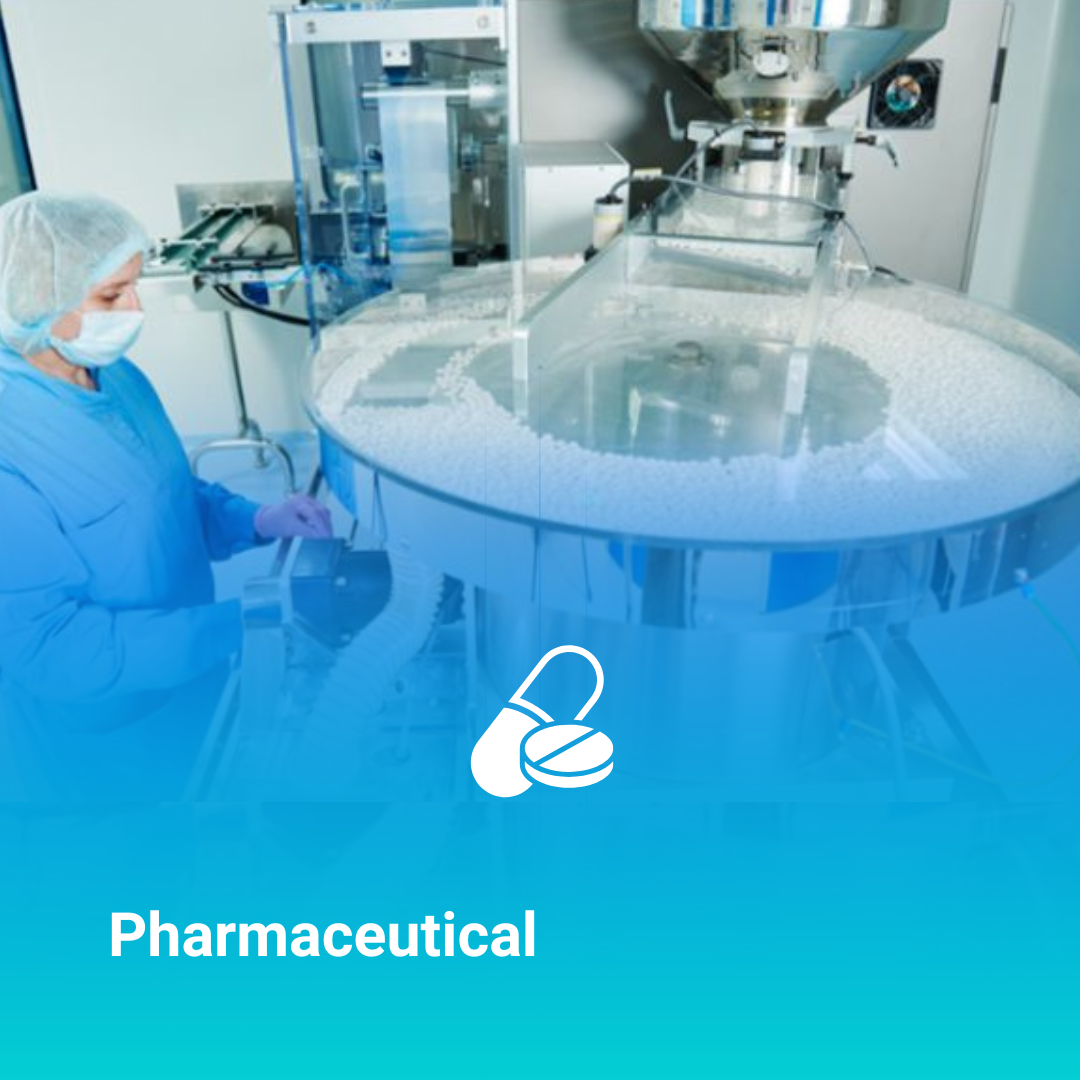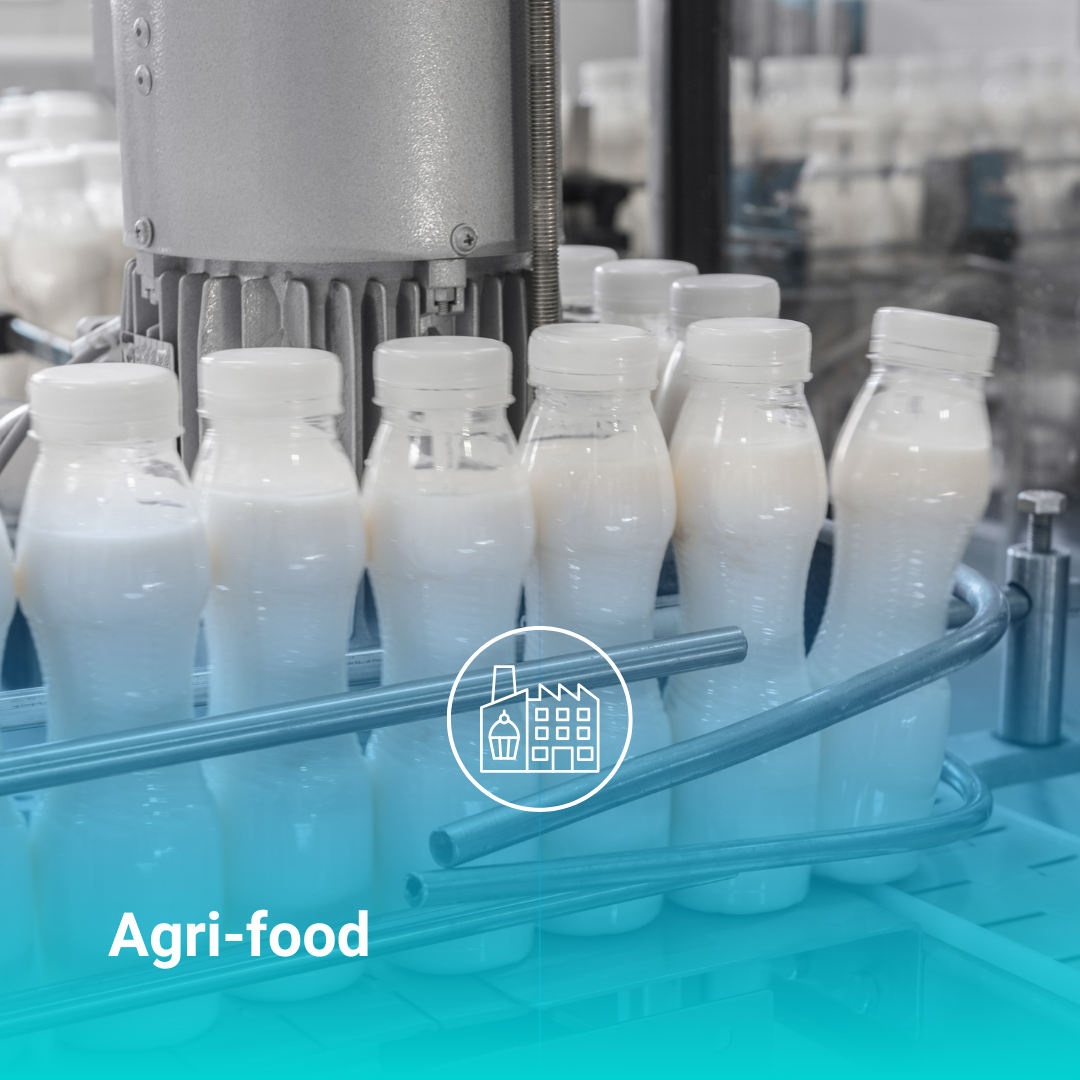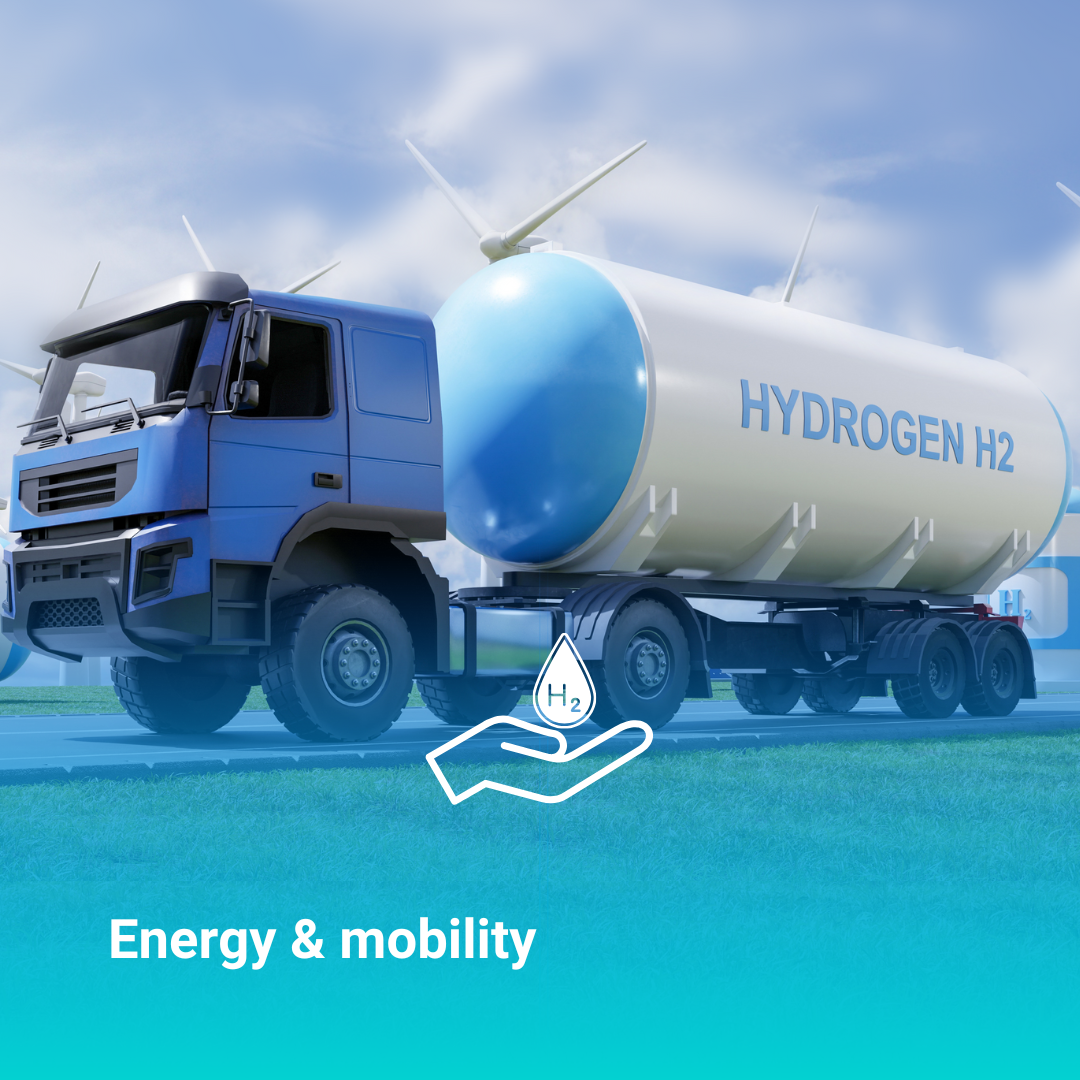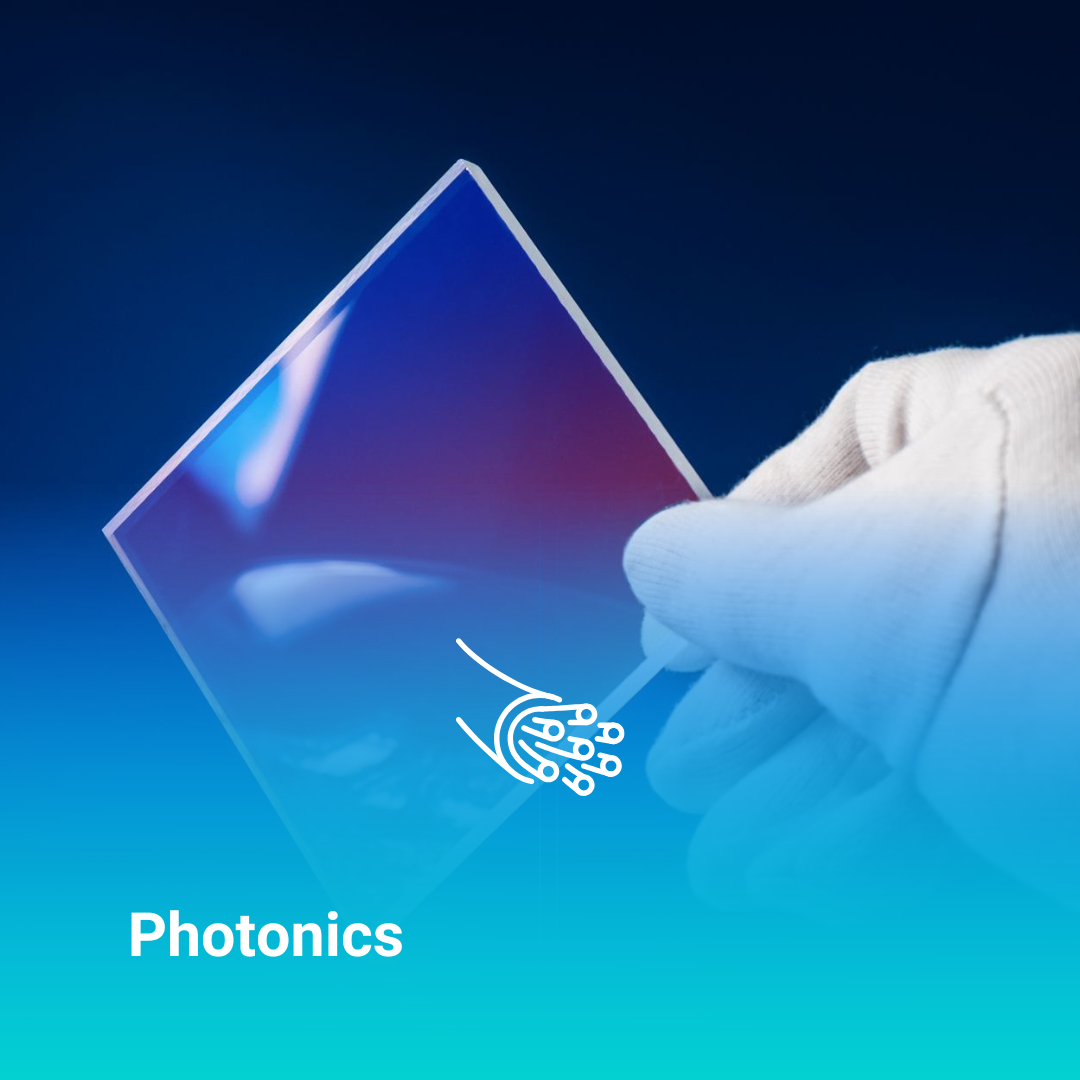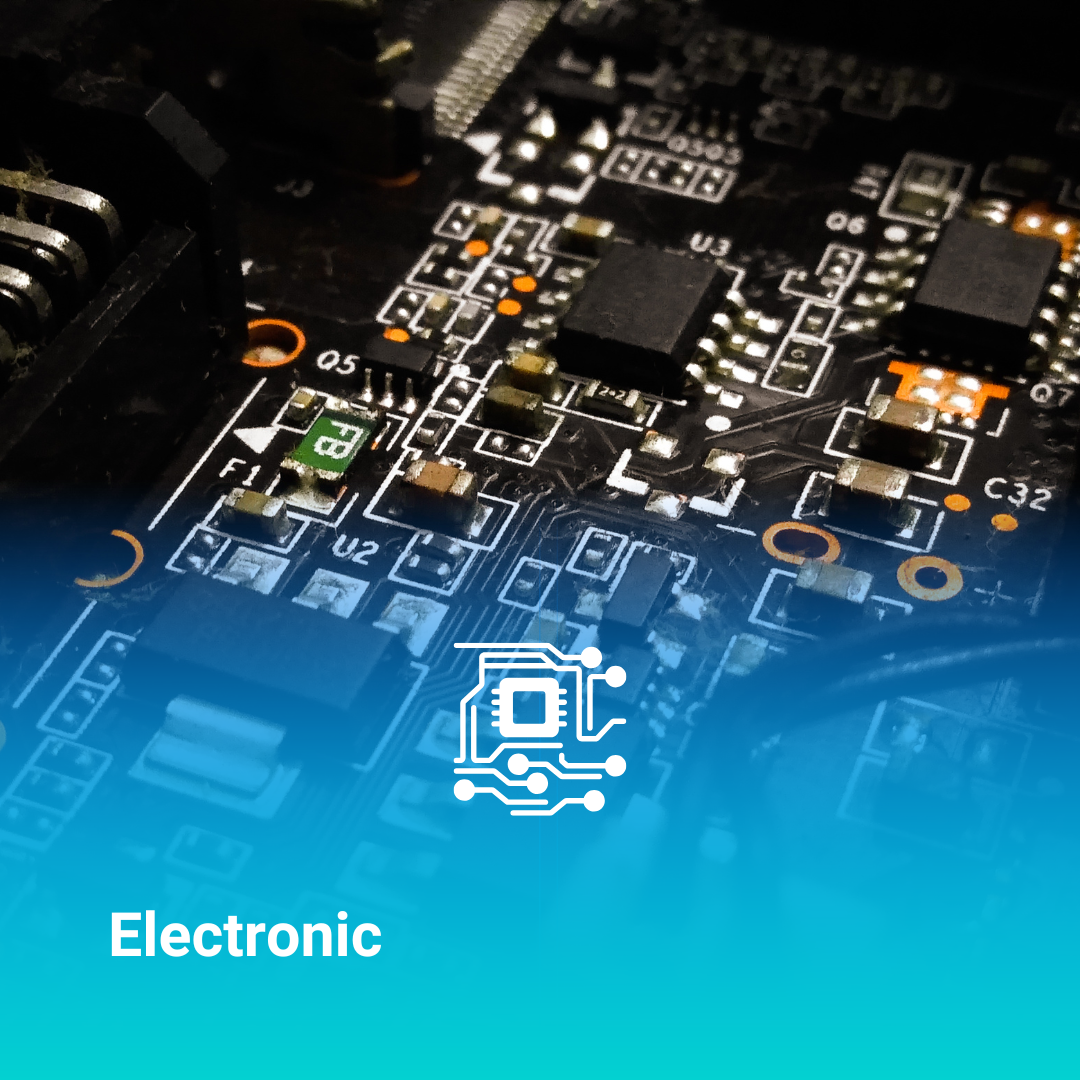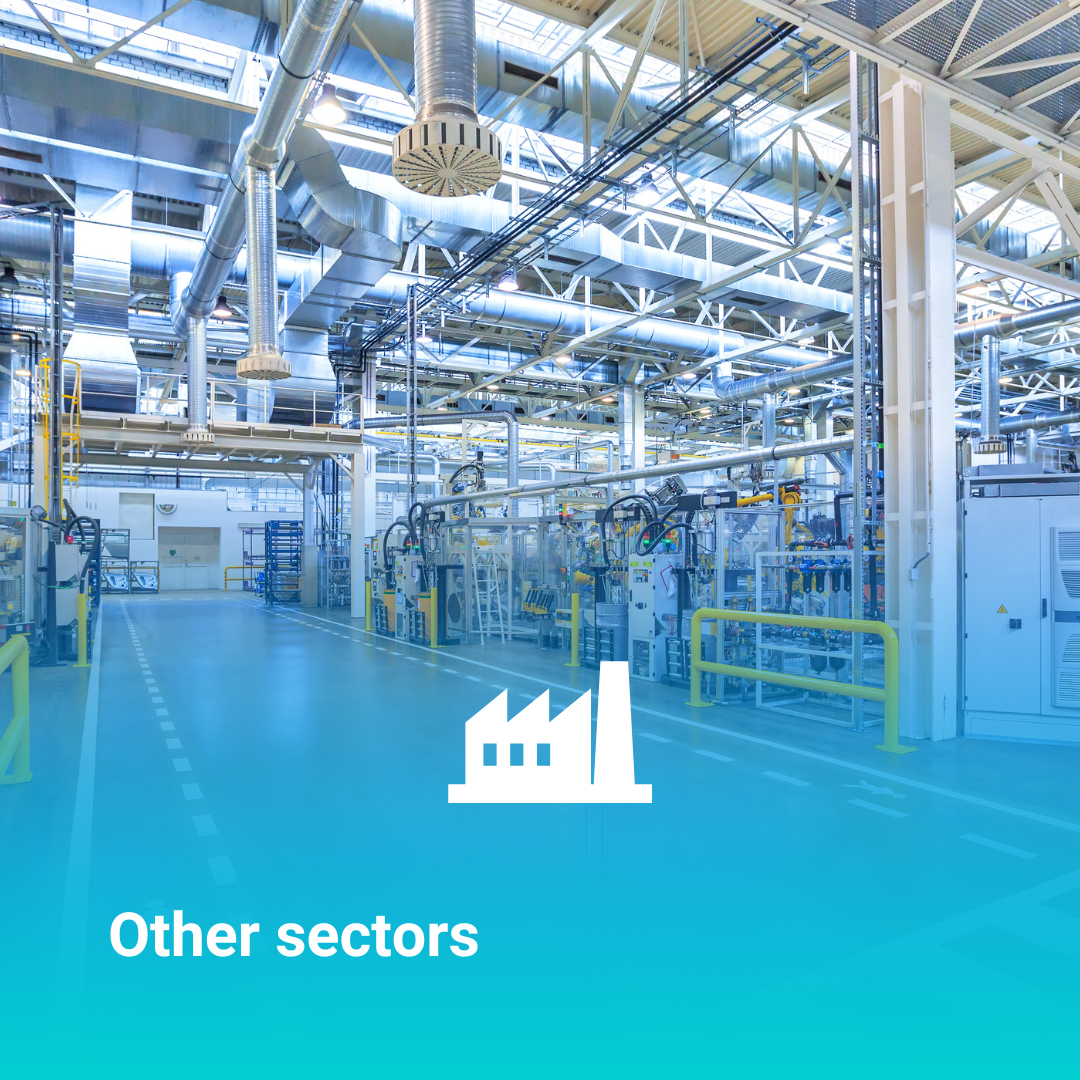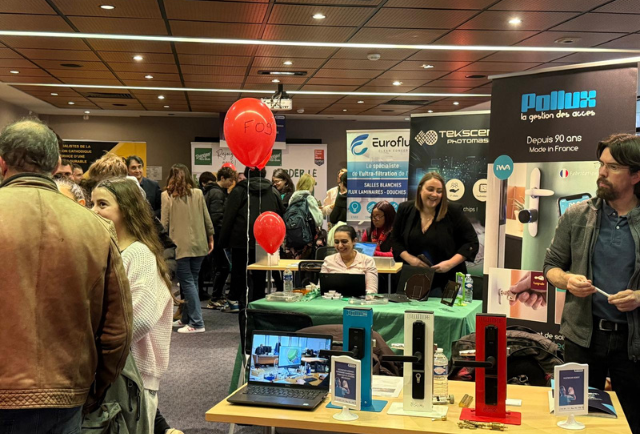CLEANROOM
PRINCIPLES
What is a Cleanroom?
A cleanroom—more precisely referred to as a controlled environment” under the NF EN ISO 14644-1 standard (1999) consists of one or several areas designed to meet strict specifications regarding air treatment, structural design, and maintenance.
Its primary purpose is to protect, individually or collectively, the product, the operator, and the environment.
The air entering these rooms passes through various levels of filtration depending on the cleanroom classification (from ISO 5 to ISO 8) and its operating state (at rest or in operation). Typically, three filtration stages are implemented in cascade:
Pre-filtration (G) using gravimetric filters,
Fine filtration (F) using opacimetric filters,
Absolute filtration (H or U), which may be located in the air handling unit or at the terminal point to prevent any contamination from the duct network.
What is a Cleanroom?
A cleanroom—more precisely referred to as a controlled environment” under the NF EN ISO 14644-1 standard (1999) consists of one or several areas designed to meet strict specifications regarding air treatment, structural design, and maintenance.
Its primary purpose is to protect, individually or collectively, the product, the operator, and the environment.
The air entering these rooms passes through various levels of filtration depending on the cleanroom classification (from ISO 5 to ISO 8) and its operating state (at rest or in operation). Typically, three filtration stages are implemented in cascade:
Pre-filtration (G) using gravimetric filters,
Fine filtration (F) using opacimetric filters,
Absolute filtration (H or U), which may be located in the air handling unit or at the terminal point to prevent any contamination from the duct network.
What is a Cleanroom?
A cleanroom—more precisely referred to as a controlled environment” under the NF EN ISO 14644-1 standard (1999) consists of one or several areas designed to meet strict specifications regarding air treatment, structural design, and maintenance.
Its primary purpose is to protect, individually or collectively, the product, the operator, and the environment.
The air entering these rooms passes through various levels of filtration depending on the cleanroom classification (from ISO 5 to ISO 8) and its operating state (at rest or in operation). Typically, three filtration stages are implemented in cascade:
Pre-filtration (G) using gravimetric filters,
Fine filtration (F) using opacimetric filters,
Absolute filtration (H or U), which may be located in the air handling unit or at the terminal point to prevent any contamination from the duct network.
The air change rate is a key factor in achieving the required cleanliness class and ensuring effective decontamination dynamics.
Since particulate contamination can originate from various sources, the two previous parameters (filtration and air renewal rate) are complemented by a pressure gradient system.
This gradient is determined primarily according to the product’s level of hazard or its sensitivity to degradation or biological contamination.
Other parameters are also controlled depending on the room’s application, such as temperature, humidity, and explosive atmosphere risks (ATEX).
The monitoring and control (BMS – Building Management System) of all these parameters are essential to ensure the cleanroom operates reliably and efficiently.
The air change rate is a key factor in achieving the required cleanliness class and ensuring effective decontamination dynamics.
Since particulate contamination can originate from various sources, the two previous parameters (filtration and air renewal rate) are complemented by a pressure gradient system.
This gradient is determined primarily according to the product’s level of hazard or its sensitivity to degradation or biological contamination.
Other parameters are also controlled depending on the room’s application, such as temperature, humidity, and explosive atmosphere risks (ATEX).
The monitoring and control (BMS – Building Management System) of all these parameters are essential to ensure the cleanroom operates reliably and efficiently.
Our goal ? To provide our clients with a secure, ultra-clean environment that meets their exact requirements while ensuring comfort and ergonomic efficiency for their operators.
Energy-efficient cleanroom solutions
Environmental responsibility and energy reduction are at the heart of our design philosophy.
Our teams are committed to helping you minimize energy consumption through innovative technical solutions:

Electronically commutated (EC) motors

Low-consumption, dimmable LED lighting

Automatic standby mode during non-production periods

Airflow reduction during off-hours
Our cleanrooms and grey rooms are ideal for the following sectors:
Our cleanrooms and grey rooms are ideal for the following sectors:
Our cleanrooms and grey rooms are ideal for the following sectors:

